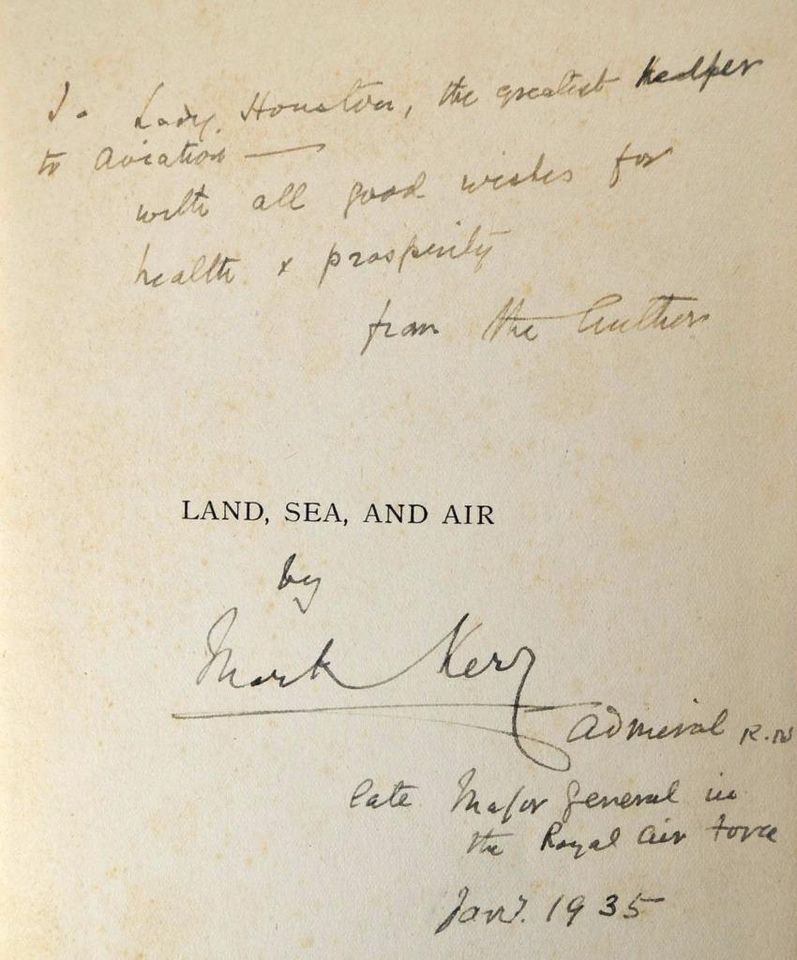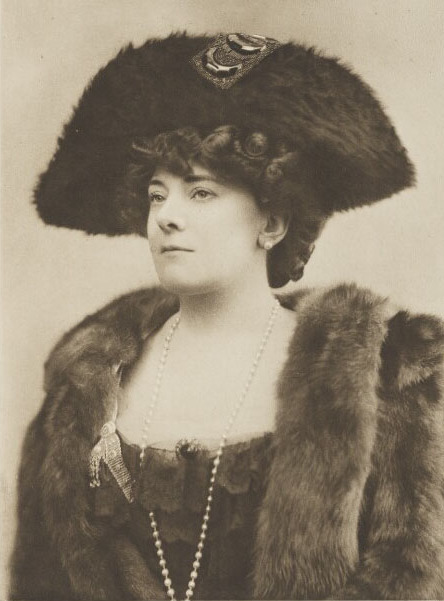What connects Epsom’s Market Square statue of Emily Davison and the Spitfire that shot down a German Messerschmitt over the Town in World War 2?
“WW2 People’s War” is an archive of World War 2 memories that have been documented by the public and gathered by the BBC.
A gentleman who was a young boy living in West Hill, Epsom when war was declared in 1939 contributed to the archive in 2003 and referred to the time a Supermarine Spitfire flew down Epsom High Street:
“I remember a German Messerschmitt flying very low along Epsom High Street, coming down over the Clock Tower. It was heading towards Ewell and being chased by a Spitfire. Everyone ran into the shops to take cover. The aircraft was shot down by the Spitfire over Epsom Downs; the pilot bailed out and was captured”.
It seems likely that the Supermarine Spitfire flew over the space now occupied by the bronze statue of the suffragette, Emily Davison and if this is indeed the case then the statue of Emily Davison also serves as a reminder of an almost forgotten suffragette who played a major role in the development of the iconic Supermarine Spitfire that was only just created in time for The Battle of Britain in 1940.
I have to be honest and admit to not knowing who the forgotten suffragette referred to above was until I commenced researching the life and career of Admiral Mark Kerr and acquired an old book from an online auction site.

The first photo shows the inscription I was amazed to find inside the book which was written by Admiral Mark Kerr, who was one of the founders of The Royal Air Force and who had been beaten by Alcock and Brown in the race to fly across the Atlantic Ocean in 1919.
The book was therefore given to Lady Houston by its author, Admiral Mark Kerr and it was Admiral Mark Kerr who described Lady Houston as “the greatest helper to aviation”, but who was Lady Houston and why was she so highly respected?
Lady Lucy Houston had been a suffragette and in 1931 donated the £100,000 funding the Government refused to give Supermarine and the aircraft designer, Reginald Mitchell (see the film “The First of the Few” on You Tube) allowing the RAF to win the Schneider Trophy and Reginald Mitchell to make inroads into the creation of the Supermarine Spitfire which came just in time for The Battle of Britain.
In 1933 Lady Houston financed the Houston – Mount Everest flight expedition, in which aircraft flew over the summit of Mount Everest for the first time – a feat Admiral Mark Kerr had previously claimed could not be achieved until 2018 at the earliest.
Lady Lucy Houston was therefore instrumental in the development of the Supermarine Spitfire and in aviation advancements that enabled man to fly over Mount Everest much sooner than anticipated. It is for this reason I believe that Admiral Mark Kerr, one of the founders of the RAF referred to Lady Houston as being “the greatest helper to aviation” in 1935 when gifting her this book one year prior to her death.

The book was Admiral Mark Kerr’s own copy because he made some amendments inside it which only he would have known to have made.
Without Lady Lucy Houston’s generous £100,000 donation to Supermarine and Reginald Mitchell the Supermarine Spitfire would not have been ready in time for The Battle of Britain and the consequences could have been very serious indeed.
Admiral Mark Kerr, one of the founders of The Royal Air Force clearly wanted to thank Lady Houston for her endeavours whilst acknowledging the fact that she proved him wrong re flying over Mount Everest by giving her the book I later acquired from a well-known online auction site with the inscribed page shown above inside it.
The bronze statue of Emily Davison is suitably positioned in Epsom’s Market Square to remind us of the Supermarine Spitfire that once flew over the Clock Tower in defence of our town, which would probably have never been created if it had not been for the enormous generosity of one of Emily Davison’s fellow women’s rights campaigners – the remarkable Lady Lucy Houston.
